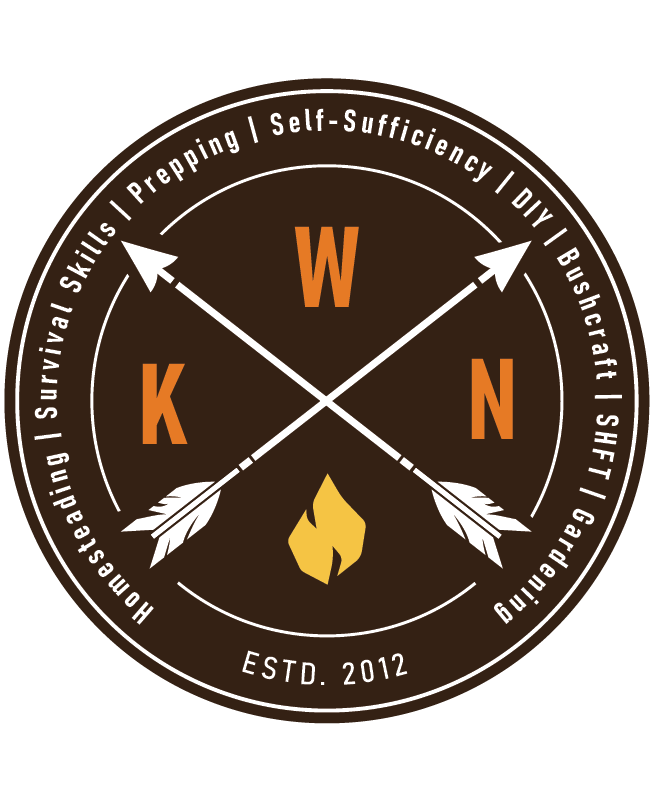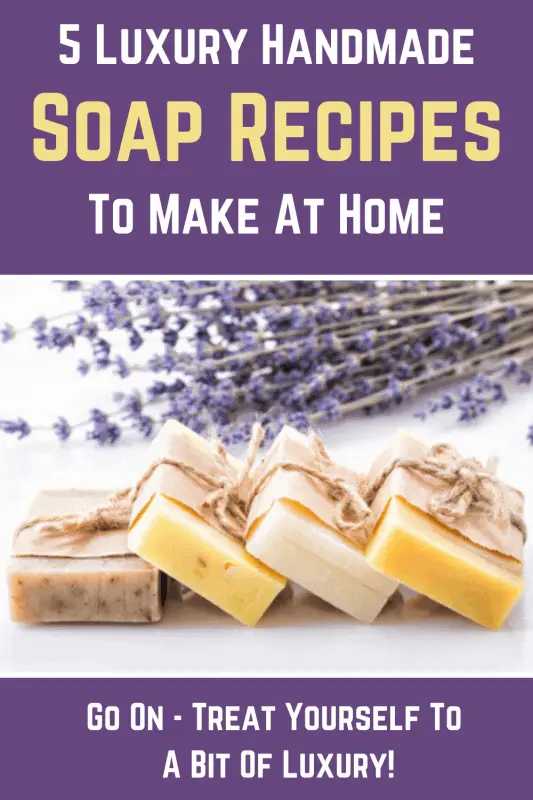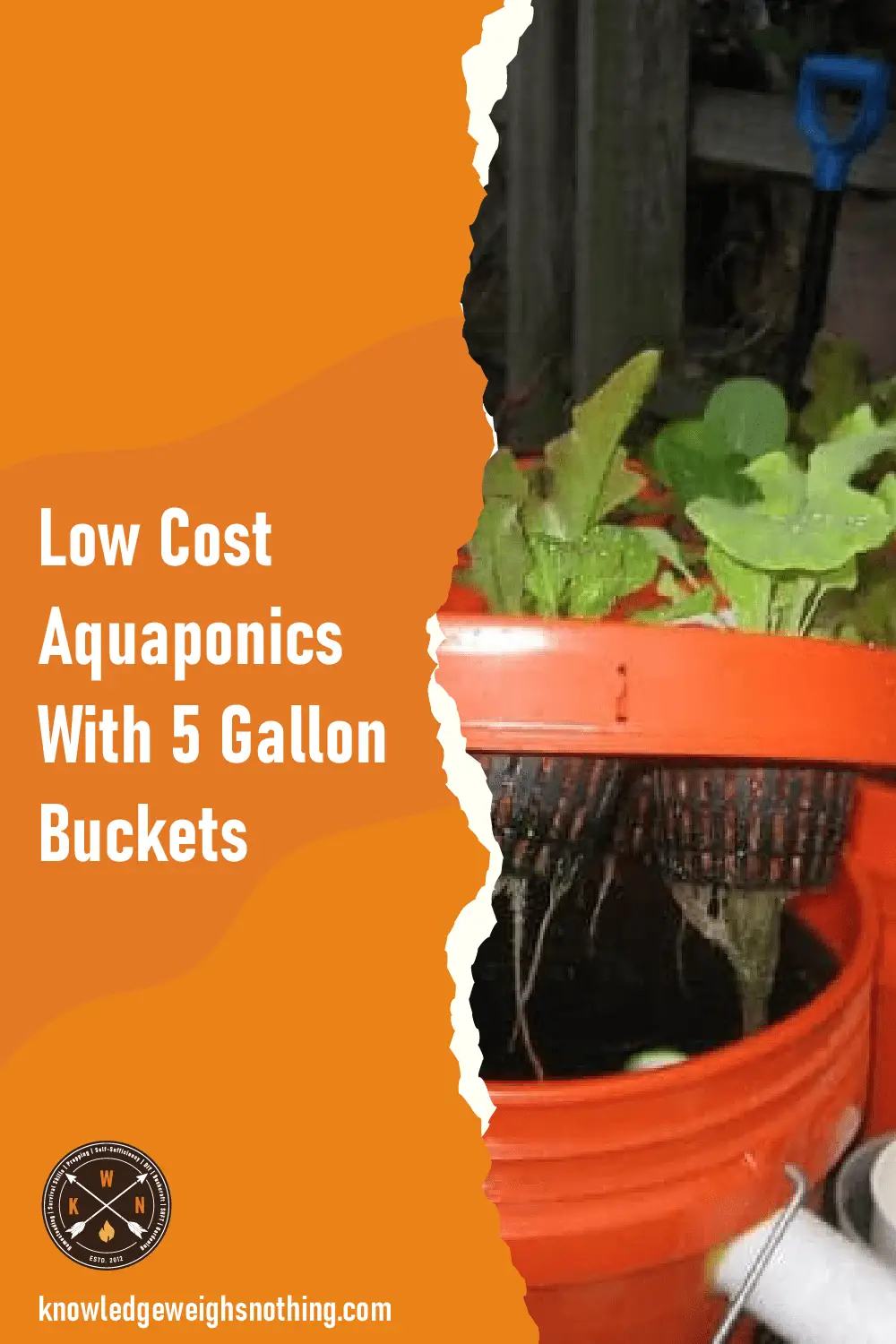Making handmade soap is a simple, fun, and cost-effective process that will allow you to unleash your creativity whilst saving money – you’ll never need to buy another bar of soap again.
As well as saving you significant amounts of money each year, handmade soaps also make a great, quirky gift for friends and family. And, once you have mastered the art of soap making, the possibilities are truly endless!
Ready to venture into the world of soap making? Here are five handmade soap recipes to get you started…
Table of Contents
ToggleSafety First!
You shouldn’t be scared of using lye to make handmade soap; after all, people have been using it for years. You should, however, take a number of precautions when using it, to ensure that the process is as safe as possible.
If it isn’t done correctly, handling lye can be dangerous. So it’s crucial that you follow all safety precautions and understand the process before you begin your soap making.
- Store all hazardous substances in a safe place, out of reach of children.
- Always ensure that you have a bottle of vinegar close to hand during the soap making process. If there’s any spillage of the lye, pour the vinegar over it straight away to neutralize it.
- Label all of your equipment ‘For Soap Making Use Only’ so it does not cause contamination.
- Make sure that you wear the appropriate protective clothing including rubber gloves, goggles, and thick outer clothing.
- Because lye is an extremely caustic chemical, it is important that you do not let it touch you in any way.
 Simple handmade soap for beginners
Simple handmade soap for beginners
Easy Handmade soap for beginners
First off, here’s a super simple soap recipe that will ease you into soap making and get you familiar with how to make homemade soap.
You’ll need…
- 2 ½ Cups Extra Virgin Olive Oil
- ½ Cup Coconut Oil
- 2 Tablespoons Lavender Essential Oil
- 20 Ounces Lye
- 47 Ounces Water
How to make it…
- Firstly, mix the lye into the water in a glass bowl or other heatproof container. It’s important that you mix the lye into the water and not the other way around!
To avoid filling your house with nasty fumes, it’s always advisable to do this part outdoors.
- Once the lye is fully dissolved, leave the solution to cool in a safe area away from children and pets.
- Whilst you’re waiting for the mixture to cool, weigh out the olive and coconut oils and mix them together in a large glass bowl. Ensure that your bowl is big enough to accommodate the rest of your ingredients.
- When the lye mixture has cooled, pour it into the oil mix (you can bring it back inside to do this) and gently mix them together.
Once they’ve started to blend together, you can then move on to using a hand blender – just be careful not to spray the mixture everywhere!
- Once your mixture has thickened to the consistency of mayonnaise, it has reached the stage called ‘trace’. At this point, add your essential oils into the mixture.
- Pour the mixture into soap molds – if you’re using plastic containers, it’s advisable to oil them beforehand to prevent sticking.
- Cover the moulds and set them aside for at least 24 hours.
- Once 24 hours has passed, uncover the soap and see if you can easily remove it from the molds. If it’s too soft, simply re-cover and leave it for a few more hours before trying it again.
- When you’re able to remove the soap from the molds, cut it into bars. Because it’s homemade soap, you’re free to cut it into any shape or size you like – the only limit is your creativity (and cutting skills!).
- Once you have cut your soaps into the desired shape, leave the bars to set for approximately one month. Turn them every day at first, and then reduce this to every week.
Zesty Lemon Handmade Soap Recipe
Once you’ve mastered the basic soap recipe, you can then move on to colourful and fragrant varieties. This homemade zesty lemon soap smells amazing and has a great texture too.
You’ll need…
- 1 ½ Cups Goats Milk Soap Base or Shea Butter Soap Base, cut into cubes
- 4-6 drops Lemon Essential Oil
- The dried zest of 3 – 4 lemons
How to make it…
- Cut the soap base into small cubes, place it in a large Pyrex measuring cup and microwave it for 30-second intervals for about one minute.
- Once the soap cubes have turned to liquid, add a few drops of the lemon essential oil and the lemon zest. Stir the mixture well.
- Pour the soap into molds and allow it to harden for at least an hour.
- Once the soap is fully hardened, press the mold to release it.
 Homemade oatmeal soap
Homemade oatmeal soap
Oatmeal, Milk, and Honey Handmade Soap Recipe
This soft and soothing soap is perfect for young, elderly, or dry skin, as well as those suffering from sunburned or chapped skin – it also smells delicious!
You’ll need…
- 2/3 Cup Olive Oil
- 2/3 Cup Coconut Oil
- 2/3 Cup Combination of Sweet Almond Oil and Grape Seed Oil
- ¾ Cup Distilled Water
- ¼ Cup Lye
- 2 Teaspoons Ground, Old Fashioned Dry Oats
- 2 Teaspoons Honey
- 2 Tablespoons Dry Milk
How to make it…
- Firstly, prepare the lye and water – adding the lye to the water (never the other way round), and mixing until dissolved. Once fully mixed, set aside, and leave to cool until it reaches around 100 Degrees Fahrenheit.
- Next, combine all of the oils together and heat until the coconut oil begins to melt.
- Slowly mix the lye/water solution into the oils, and stir gently for around five minutes.
- After the initial five minutes, you can either continue stirring by hand or mix with a hand blender until it thickens to the trace stage.
- 5. Once your mixture has reached the optimum thickness, add the dry oats and the honey. It’s a good idea to heat the honey first so that it mixes better.
- Once the oats and honey are well mixed in, add the dry milk and a little more oil if needed. Now mix well and don’t be alarmed if the mixture turns yellow or orange, this is just because of the milk and will lighten up later in the process!
- Once everything is thoroughly combined, pour the mixture into molds of your choice and leave it to set for around 24 hours.
- After 24 hours, remove the soaps from the molds and cut them into your desired shapes and sizes.
- Leave your perfectly cut, handmade soaps to cure for 3-4 weeks, turning daily at first and then weekly as they begin to dry out.
 Chamomile herbs for yellow chamomile handmade soap recipe
Chamomile herbs for yellow chamomile handmade soap recipe
Yellow Chamomile Handmade Soap Recipe
This handmade soap recipe is bight, cheerful and, thanks to its chamomile content, it smells amazing!
You’ll need…
- 4” Silicone Loaf Mold
- 8 Ounces Coconut Oil
- 8 Ounces Palm Oil
- 1 Ounces Rice Bran Oil
- 1 Ounces Sweet Almond Oil
- 4 Ounces Cocoa Butter
- 9 Ounces Sodium Hydroxide Lye
- 6 Ounces. Distilled Water
- Yellow Oxide
- Titanium Dioxide
- 1 Ounce Chamomile Bergamot Fragrance Oil
- 1 Tablespoon Chamomile Extract
- Chamomile Herbs
How to make it…
- Slowly and carefully, add the lye to the water, gently stirring until it fully dissolves and the resulting mixture is clear.
- Set aside to cool to room temperature.
- Mix together the cocoa butter, coconut oil, olive oil, rice bran oil, sweet almond oil, and the palm oil.
- Set aside to cool to room temperature (below 130 degrees)
- Once both mixtures have cooled to the correct temperatures, add the lye water into the oils and blend carefully until it reaches the trace stage.
- When you’re at trace stage, add 1 tablespoon of chamomile extract into the mixture and stir in using a whisk.
- Split the batch into approximately half (it doesn’t need to be exact). Add 2 tsp. of dispersed yellow oxide into one of the halves, and stir in using a whisk.
- Add 1 teaspoon of dispersed titanium dioxide into the other half of the mixture and whisk this in too.
- Add 5 Oz. of Chamomile Bergamot Fragrance Oil into each container and mix thoroughly using a whisk.
- Now, hold one color of mixture in each hand and pour into opposite sides of the mold. (By this point, it should be a medium trace, if it’s still a little on the thin side, mix with a handheld blender to thicken).
- Insert a dowel (or chopstick) down to the bottom of the mold, and move it horizontally through the soap about four or five times. Then move it vertically through the soap, repeating the process twice.
- Tap the soap mold firmly down onto the counter to release any bubbles, before sprinkling the chamomile herbs on the top of the mixture and gently pressing them down to secure them in place.
- Spray the soap with 99% rubbing alcohol and leave it to rest for between 48 and 72 hours.
- Remove the soap from the mold and cut it into slices. Remember to cut from the side as cutting from the top may result in drag marks from the herbs.
Kitchen Coffee Spice Bar Soap Recipe
This aromatic soap not only smells divine, but it also works to deodorize the hands whilst exfoliating and gently scrubbing all the dirt away. It also makes the perfect gift for those who love coffee!
This soap is made using the hot process method.
You’ll need…
Base oils
- 12 Ounces Olive Oil
- 10 Ounces Coconut Oil
- 6 Ounces Sustainable Palm Oil
- 2 Ounces Castor Oil
- ½ Ounce Jojoba oil
Lye Solution
- 30 Ounces Lye (6% excess fat)
- 10 Ounces Triple Strength Coffee, cooled
Exfoliant
- 2-3 Tablespoons Ground Coffee, wet or dry
Add-ins
- 1 Tablespoon Ground Cinnamon
- 1 Teaspoon Ground Ginger
- 1 Teaspoon Ground Cloves
- 2 Ounces Essential Oils of your choice
How to make it…
- Start by preparing the triple strength coffee, using distilled water and a coffee press.
- Place the coffee in the refrigerator and allow to cool over night. This is a really important step – under no circumstances should you use hot coffee in this recipe!
- Once the coffee has cooled, use a kitchen scale to measure the lye and the coffee in separate bowls.
- Gently combine the lye and the coffee, pouring the lye into the coffee (never the other way round), and stir the mixture until the lye has completely dissolved. Once combined, set the mixture to one side and allow to cool.
- Whilst the lye mixture is cooling, measure out each of the oils excluding the Jojoba oil, and melt on a low heat.
- Once the oils have melted, add the lye and coffee mixture and stir gently to combine. Then use a hand blender to blend until they reach the trace stage.
- After 1-2 minutes of blending, add the coffee grounds, cinnamon, ginger, and cloves.
- Continue blending for around 2-3 minutes more, until the mixture reaches a thick, pudding like consistency. Then cover the pot and heat the soap over a low heat, for approximately one hour.
- Remove the soap from the heat and quickly add the essential oils and the Jojoba oil, stirring well until the mixture is fully combined.
- Spoon the mixture out into the molds and allow it to cool and harden for at least 24 hours.
- Next, remove the mixture from the mold, place it on a cutting board, and cut into bars (the size of the bars is completely up to you).
- Place the bars on a tray with good airflow so that they can harden.





